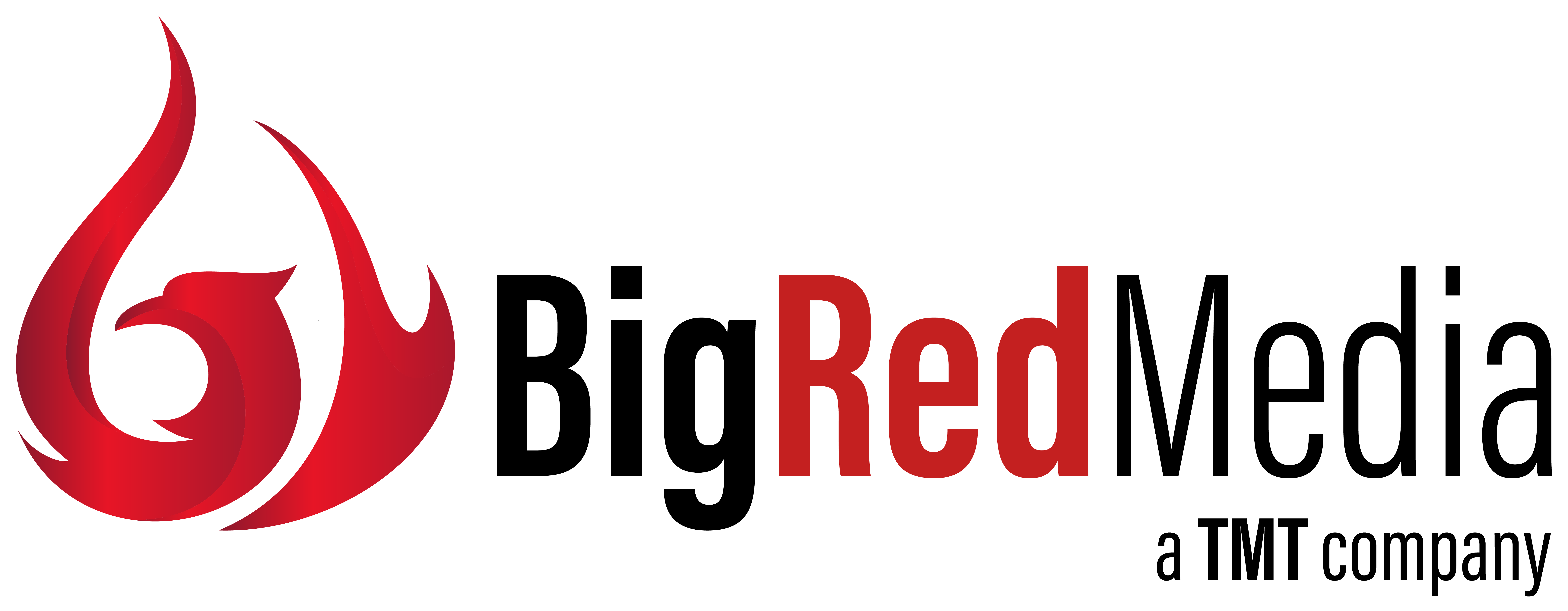In the 1920s through the ‘50s, several inventors attempted to design and patent “teaching machines” that could educate an individual about a subject without a teacher and without failure.
These machines achieved this largely by quizzing the individual very closely on the subject matter, delivering a piece of information, then immediately serving up a question on that data, making it very difficult — if not impossible — for the student to fail a test. (The rainbow consists of seven colors; how many colors are there in the rainbow? __________) Students did learn the material, and nearly everyone received a 100% passing grade; however, the minute they put those students back in a traditional classroom, where the guardrails were off and it was not easy to get the answers right, the students came apart like a cheap suit, highly stressed and unable to deal with the failure. Unfortunately, there were no participation awards or “safe rooms” back then, so they had to deal with their failure the old-fashioned way — by toughening up.
To the point: Dealing with and overcoming failure and big challenges, resistance, difficulty, stress, and the chaos of life is something that all humans need to experience to toughen up and get stronger. It is the only way to build resilience — by consistently overcoming difficulty. It is a “mental muscle” that can be strengthened, and by strengthening your resilience, you simultaneously build your self-confidence. But like all muscles, resilience must be practiced and used or it will atrophy. Growing a company requires the “resilience” skill — and anyone with honest ambition, walking around with “owner” on their business card, must develop by leaning into failure, embracing chaos, and intentionally putting themselves into new situations where they are outside of their comfort zone and current level of abilities. Only by doing that, and embracing such challenges on a daily basis, can you get stronger.
But that is absolutely not what usually happens. Most people repeatedly surrender and retreat to their own “safe zone.” When the pressure is on, they step back to a slower, easier pace, a more familiar path. Is it any wonder that 79% of the people running IT services firms never break the $1 million mark, even after running a business for five, 10, 15, or more years? They’re not dumb — they’re anti-chaos and anti-stress.
Recently, we had a retired Navy SEAL officer, Jocko Willink, speak to our Producers Club members about leadership during intensely stressful and difficult times. Jocko served eight years in active duty as a Navy SEAL. He was commander of SEAL Team 3’s Task Unit Bruiser during the battle of Ramadi and led operations to help bring peace to the war-torn city, facing and leading his unit through multiple intense, life-threatening situations and firefights, witnessing acts so inhuman and terrible that he won’t speak of them. As Jocko repeatedly says, “Stop looking for a shortcut … and find your discipline and your will. Then you will find your freedom.”
That’s the essence of a leader. They stop looking for “easy” buttons and shortcuts and choose to do the work. All of it. The ugly, boring, painful, uninspiring, stressful, detail-oriented stuff that must be done — and they do it with excellence. Not complaining, not procrastinating, not trying to pawn it off onto someone else, abdicating their responsibility. Own it. All of it. Extreme ownership. (Thank you, Jocko.)
In tough markets, the weak do not survive by exhibiting greater weakness or by surrendering. Only the strongest of the strong survive and thrive.
Note: Be sure to go to MSPSuccessMagazine.com/jocko for a short clip of my on-stage interview with him. You’ll laugh at my advice to him regarding “the enemy.”







